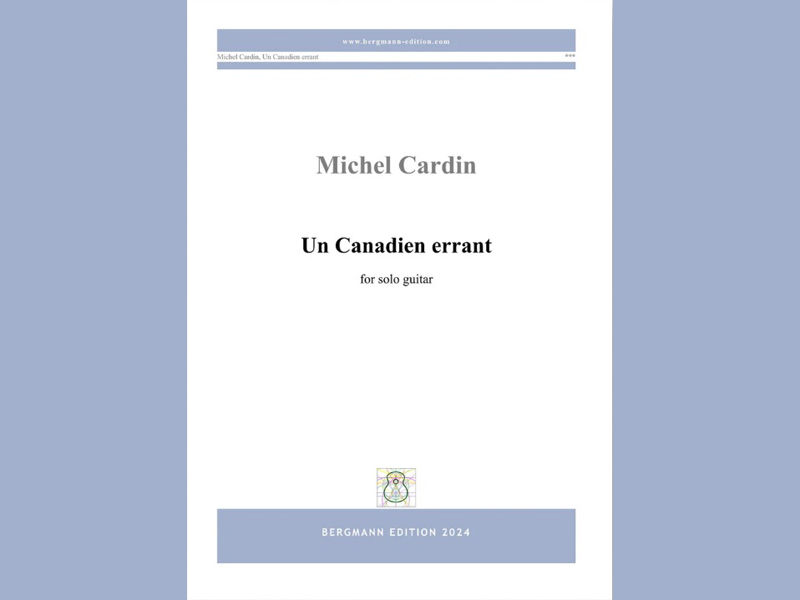Kirill Voljanin : Hope – Five pieces for solo guitar :Bergmann
- chrisdumigan
- May 12, 2022
- 2 min read
Updated: Jun 4, 2022

Kirill Voljanin
Bergmann Edition: 21 pages
This latest book by this Moscow composer has five very different pieces, showing off his versatility when writing imaginative pieces of some depth, and with a number of interesting details along the way.
The title piece, Hope begins in the slightly unusual key of Cm , with all the unusual hand positions that that key entails and consisting of four groups of 3 quavers in 12/ 8 time. Of course it is, as always with this publisher, very carefully fingered so that the composer’s intentions cannot be misconstrued, but that doesn’t make it any easier to play! After 18 bars the music goes to the major, and things get a little easier then! The minor key re- enters with a new melody but still almost entirely written with 12 quavers to the bar until a Con Moto appears that just as suddenly turns into C Major as a Rubato idea with a few complex rhythms along the way. A Dal Segno returns us to the main opening them at bar 9, and almost up to the Con Moto idea previously mentioned. A short coda ends in the Tonic Major with a long chord.
Father’s Love, the next piece has a very memorable melody and set of harmonies that endears you to it. It begins in this warm major key sound, before developing an interesting set of diverse flat key harmonies that takes the player into slightly unexpected territory and indeed into a number of interim sections and ideas before eventually returning to the opening theme. An enjoyable piece that is not easy to play!
The next piece, Don’t Leave is lovely throughout. It sounds almost as if it is a song arranged for solo guitar, as you could really imagine that being the case. Not only that most of the melodic phrases end with the note notes C# up to D, and then a pause, which I could quite clearly imagine this being ‘Don’t Leave’ .I loved this. Not as tricky to play as the first two either.
No More Words is a quite lengthy piece set in Em in almost constantly moving quavers that continue throughout almost the whole piece. Not that this piece is same-y because it is full of originality and interesting harmonic ideas along the way, and again has the sound almost of a song or a narrative of some sort., and is very musical and lovely to play.
The final piece Tula Kettle (which seems to be named after a tea vessel) is largely a bouncy affair, with a bass – chord accompaniment underneath a melody that moves around the fingerboard a great deal. It is short, dance – like and a nice finish to this set.
You do need to be a good player to cope with the majority of these pieces here, but they are quite imaginative, do not sound like millions of things you’ve heard before, and are definitely worth getting to know!
Chris Dumigan




Comments